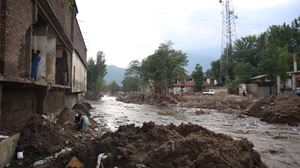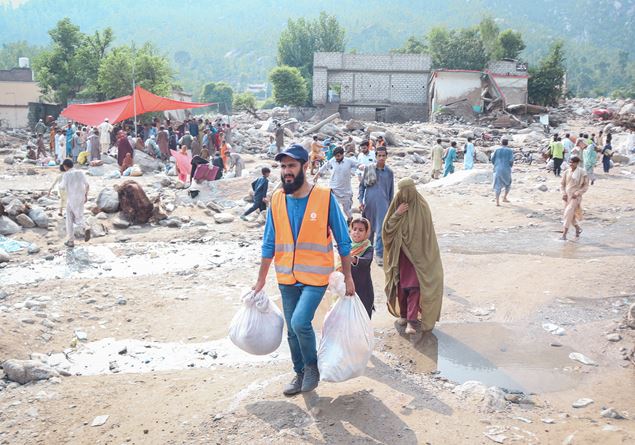Droughts and floods are pushing the world towards a new humanitarian emergency: hunger. In 2024 beyond 96 million people in 18 countries they ended up in condition acute food insecuritymore than triple compared to 2018. An increase of 234% which shows how much the climate crisis is now eroding the basis of survival for millions of families.
The alarm comes from Cesvi Foundationwhich, following the start – November 10th – of the COP30 in Belémdraws attention to the growing impact of climate on world hunger and calls for “immediate large-scale actions against the environmental crisis, one of the main causes of global famines”.
2024 was the warmest year on record: 393 natural disasters they hit 167 million people and caused further $240 billion in economic damage. “Extreme climate events are dramatically amplifying food insecurity, affecting the most vulnerable,” he reports Stefano Pizialigeneral director of Cesvi. “It is essential to implement climate resilience policies, support sustainable food systems and guarantee adequate financing for adaptation and mitigation. COP30 – he adds – is a decisive opportunity to reaffirm collective responsibility in the face of a risk that threatens global stability”.
Climate and hunger: an increasingly close link
According to theGlobal Hunger Index 2025 (GHI)edited by Cesvi for the Italian edition, extreme climate events represent today the second cause of malnutrition after armed conflicts. And often the two emergencies add up: in Gaza Striptwo years of war have devastated the environment and made agricultural land impassable, with over 97% of crops damaged and soil contaminated with munitions and toxic waste.
But it’s in East Africa and in Asian subcontinent that the connection between climate and hunger manifests itself more clearly.
Horn of Africa, five seasons without rain
In the Horn of Africa – Ethiopia, Kenya and Somalia – prolonged drought has brought the region to the brink of collapse. Five consecutive seasons without rain, the worst water crisis in forty years, have left almost 50 million people without sufficient food.
In Somaliathe country with the most severe level of hunger in the world, families affected by drought or extreme heat have passed from 4% in 2021 to 45% in 2023.
In these areas Cesvi is active with integrated interventions: distribution of drinking water and rehabilitation of wells, sustainable agricultural development programs and support for women as a driver of community resilience. “Malnutrition – underlines the organization – is not only a consequence of the climate crisis, but its most dramatic face: every dry season reduces food production, raises prices and weakens the resilience of communities”.

Pakistan, between monsoons and heat waves
The Pakistan remains among the countries most vulnerable to climate change. The record floods of 2025followed by months of extreme heat with temperatures above 45°Chave aggravated the agricultural and water crisis. Today 40% of children under five years old suffers from chronic malnutrition and over 11 million people live in conditions of acute hunger.
CESVI operates in the country with emergency and development interventions: from the distribution of seeds and fodder to the rehabilitation of water infrastructure, up to agricultural training to increase the climate resilience of rural communities.
The appeal to COP30: “There is no more time”
The climate crisis, underlines CESVI, “is no longer an episodic event but a structural one”: a phenomenon that intertwines inequalities, instability and hunger. For this reason the COP30 in Belém is seen as a decisive step. “We need a global and coordinated commitment – concludes Piziali – to prevent the humanitarian emergency from turning into an irreversible catastrophe”.










